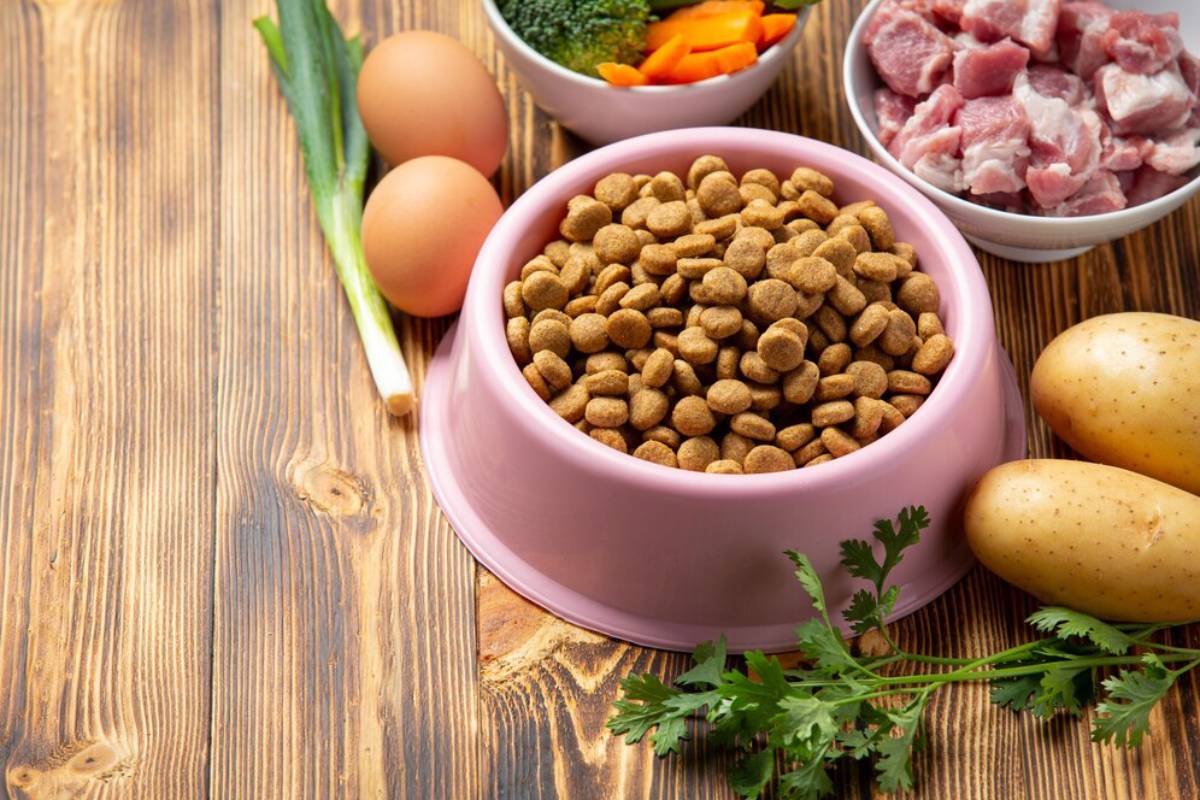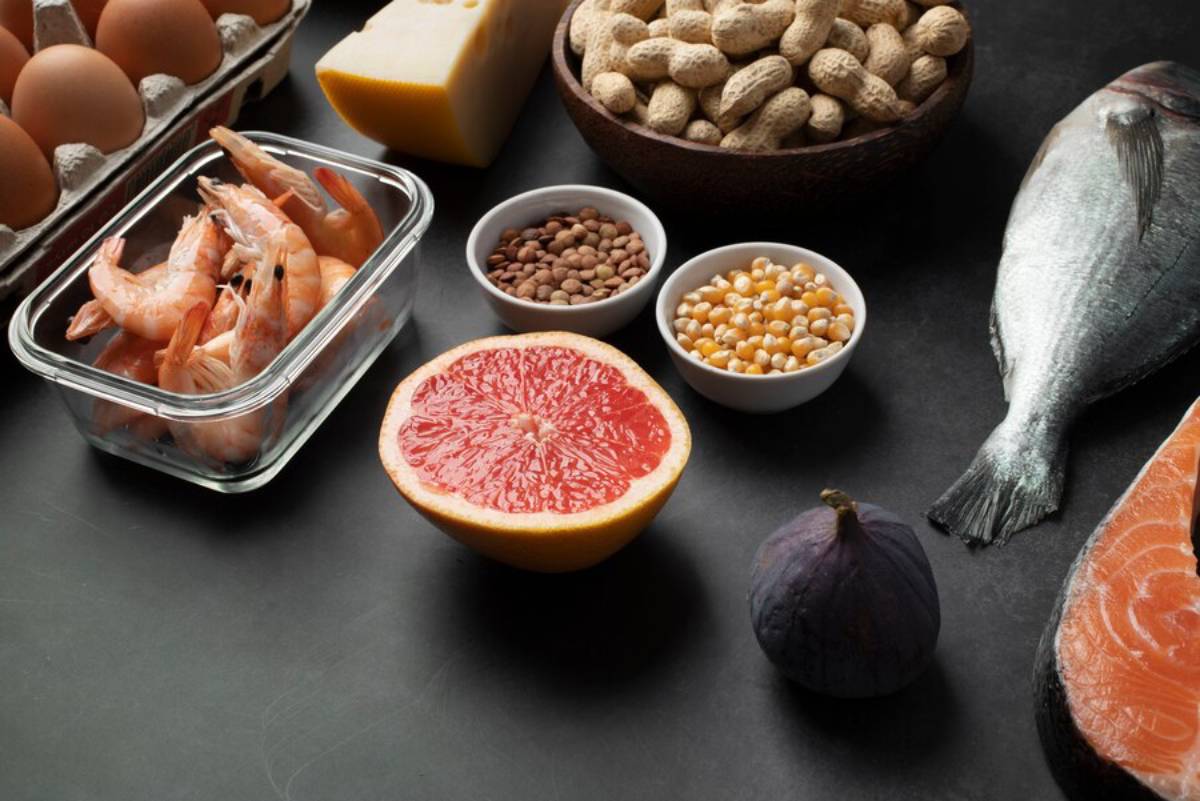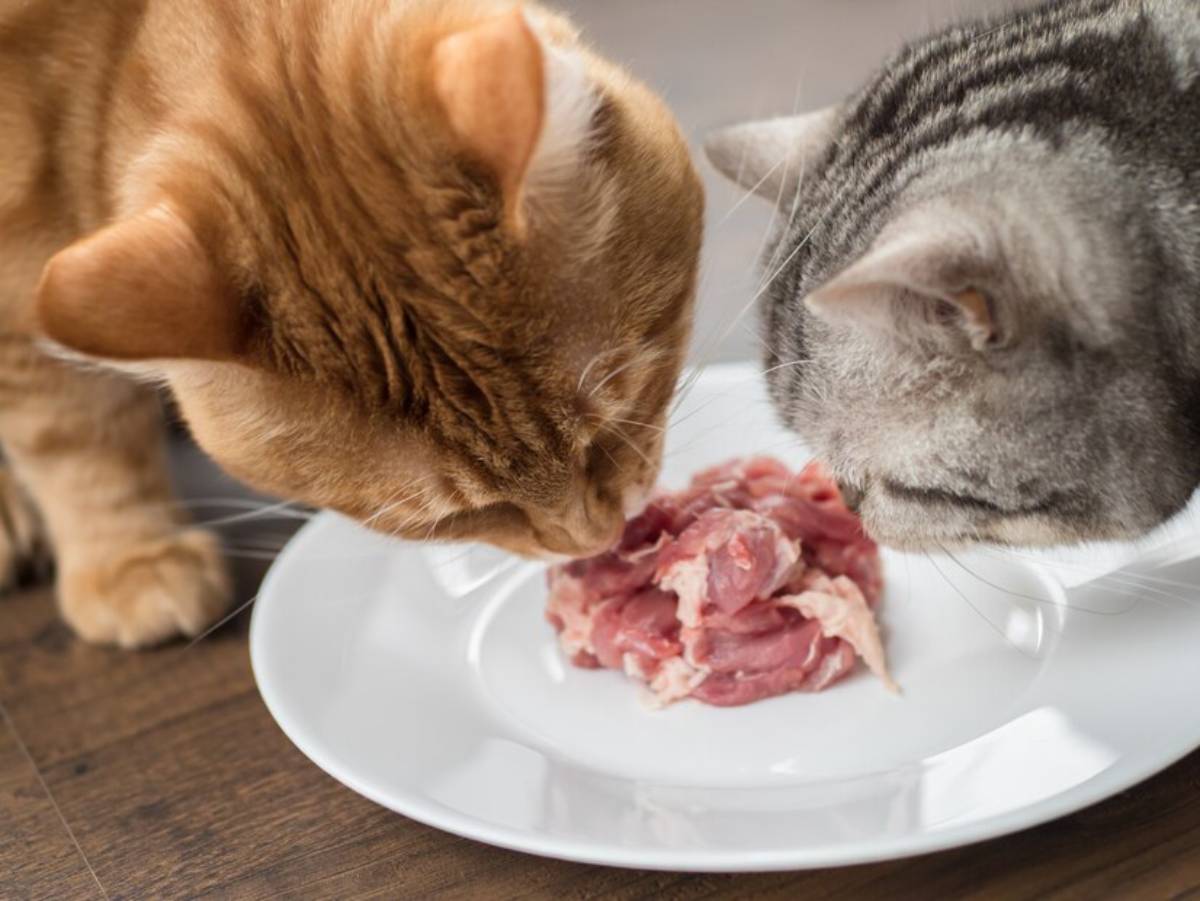
Nutritional Needs for Senior Dogs and Cats
Just like us, our pets’ dietary needs evolve with age. What fuelled your energetic puppy or playful kitten won’t necessarily support their health as they slow down in their senior years. As dogs and cats age, their metabolism, digestion, immune system, and mobility all change—making senior pet nutrition more important than ever.
Whether you’ve noticed your cat losing weight or your dog being less interested in meals, adjusting their diet to meet their changing needs can help them stay healthy, active, and comfortable. In this guide, we’ll explain how nutrition changes with age, what to look for in quality food, and how to tailor meals for optimal well-being.
When Is a Pet Considered “Senior”?
The age at which a dog or cat is considered senior depends largely on size and breed:
- Dogs:
- Small breeds: ~10 years and older
- Medium breeds: ~8–9 years
- Large/giant breeds: ~6–7 years
- Cats:
- Generally considered senior from around 10 years of age
Keep in mind that some pets may show signs of ageing earlier, especially if they have chronic conditions or genetic predispositions.
Why Nutrition Matters More in Later Life
Senior pets face several age-related changes that impact their dietary needs:
- Slower metabolism → requires fewer calories to prevent weight gain
- Reduced activity levels → lower energy expenditure
- Weakened immune system → needs immune-supporting nutrients
- Potential for dental issues → may require softer or smaller kibble
- Declining organ function → needs a careful balance of protein, phosphorus, and fats
Tailoring their diet helps manage or prevent chronic illnesses, supports mobility, and enhances quality of life.
Key Nutritional Considerations for Senior Dogs

1. Moderate, High-Quality Protein
Contrary to past myths, senior dogs do need protein—but it should be easily digestible and not excessively high.
- Look for meat-based proteins like chicken, turkey, or fish
- Avoid fillers or unnamed “meat by-products”
- Helps maintain lean muscle mass without overloading the kidneys
2. Joint-Supporting Nutrients
Ingredients like:
- Glucosamine and chondroitin
- Omega-3 fatty acids (from fish oil)
- Green-lipped mussel
…can ease arthritis symptoms and support mobility.
3. Fibre and Digestive Support
Older dogs often suffer from constipation or sluggish digestion. Include:
- Moderate dietary fibre
- Prebiotics and probiotics for gut health
4. Lower Calories, Not Lower Quality
An elderly dog diet should be calorie-controlled to prevent weight gain, especially in less active breeds. But don’t cut back on nutrients—focus on nutrient density instead.
Key Nutritional Considerations for Aging Cats
1. Highly Palatable, Protein-Rich Diets
Cats are obligate carnivores. As they age, they may lose their sense of smell or taste—so their food must be:
- Rich in animal protein
- Aromatic and tasty
- Soft in texture, especially if they have dental issues

Look for options labelled for mature or senior cats with real meat as the first ingredient.
2. Kidney-Friendly Formulas
Chronic kidney disease is common in ageing cats. Choose foods with:
- Controlled phosphorus and sodium
- High-quality, easily digestible protein
- Added moisture (wet food or water-rich diets)
These adaptations support hydration and kidney function.
3. Support for Joint and Cognitive Health
Though often overlooked in cats, joint supplements and antioxidants can help with:
- Mobility and flexibility
- Cognitive decline (confusion, altered sleep, anxiety)
Taurine, vitamin E, and omega-3s are all beneficial components of balanced aging cat food.
Choosing the Right Senior Pet Food: What to Look For
| Ingredient Type | Why It Matters | For Dogs | For Cats |
| High-quality protein | Maintains muscle mass and supports immunity | ✔ | ✔ |
| Omega-3 fatty acids | Reduces inflammation and supports joints and brain | ✔ | ✔ |
| Controlled phosphorus | Supports kidney function | ✔ | ✔ |
| Antioxidants (vit. C/E) | Protects cells and boosts immune response | ✔ | ✔ |
| Glucosamine & chondroitin | Aids joint health and mobility | ✔ | ✔ |
| Moisture-rich options | Aids hydration and kidney support | ✔ | ✔ |
| Limited filler content | Reduces unnecessary calories | ✔ | ✔ |
Tip: Always check the label, and choose brands that provide full nutritional analysis—not just marketing claims.
Transitioning to a Senior Diet Safely
Switching to a new food should always be done gradually to avoid gastrointestinal upset. Follow this general rule over 7–10 days:
- Day 1–3: 25% new food + 75% old food
- Day 4–6: 50/50 mix
- Day 7–9: 75% new food
- Day 10: 100% new food
Monitor appetite, stool quality, and energy levels. If issues arise, consult your vet.
Additional Section: Homemade and Special Diets—Should You Consider Them?
Some pet owners prefer to prepare homemade meals or explore alternative diets for their ageing pets. While it can be beneficial in some cases, it’s essential to consult a veterinary nutritionist before making this shift.
Pros:
- Complete control over ingredients
- Can cater to allergies or sensitivities
- May improve palatability for picky eaters
Cons:
- Risk of nutritional imbalances
- Time-consuming to prepare consistently
- Harder to manage chronic conditions without expert guidance
Raw diets for seniors are controversial and should be approached cautiously, especially for pets with weakened immune systems.
Vet-approved prescription diets can also play a role—especially in managing conditions like arthritis, diabetes, or kidney disease.
Nourishing the Golden Years
Your pet has given you years of loyalty, love, and companionship. Now it’s your turn to give them the best possible care in return—and that starts with proper nutrition. Adjusting their diet to meet changing needs isn’t just about preventing illness—it’s about enhancing vitality, comfort, and longevity.
Whether it’s selecting the best elderly dog diet, fine-tuning your cat’s intake of protein and phosphorus, or exploring wet food options to encourage hydration, the right diet can make a world of difference.
Take action today: Review your pet’s current food label, consult your vet, and make small adjustments to support their health and happiness in the years ahead.


